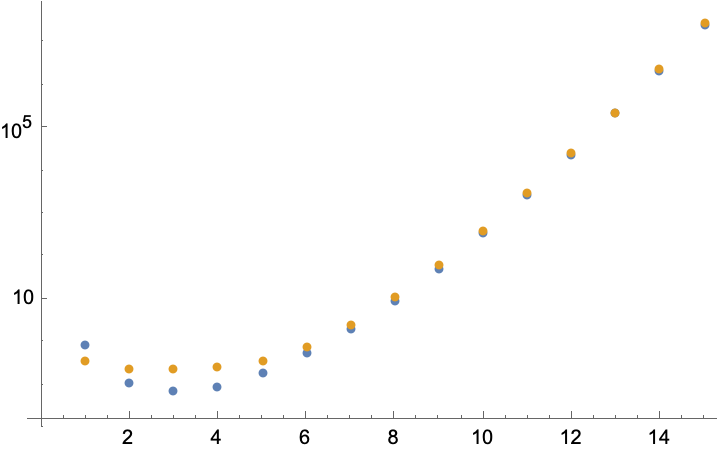The maximum $x_n$ of $$f_n(x):=e^{-1/x}\Bigl(1+\frac{1}{n^2 x^n} \Bigr)$$ is the smallest solution in $(0,1)$ of the equation $$x=n x^n+\frac{1}{n}.$$ For $n\gg 1$ this gives $x_n\rightarrow 1/n$.
The integral is given by $$\int_0^1 f_n(x)dx=\text{Ei}(-1)+n^{-2}\,\Gamma (n-1,1)+1/e$$ $$\qquad\rightarrow \sqrt{2 \pi } e^{-n} n^{n-\frac{7}{2}}\;\;\text{for}\;\;n\gg 1.$$
Here is a comparison of the exact integral (gold data points) and the asymptote (blue) --- the difference is hardly noticeable for $n>10$.

